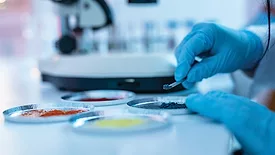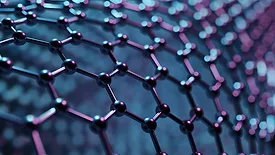Industrial Coatings
When Lab Techs Team Up with Machines
Analysis on the Testing Methods and Influencing Factors of Automatic and Manual Fineness Measurement for Paint and Coatings
Read More
A Surge in Non-PFAS Releases
Is the Paint and Coatings Industry Ready for the Big Transition?
Read More
Can a Solvent-Free Hybrid Meet Performance Demands?
Low-VOC Amine-Free Waterborne Polyurethane/Acrylic Hybrid Resin
Genggeng Qi
Alison Collignon
Angelo Pedicini
Mitch LeCleir
Brittney Nichols
Joshua Hollett
Abigail King
Kim Gariepy
Lu Jin
Yongning Liu
May 12, 2025
Keep the info flowing with our eNewsletters!
Get the latest industry updates tailored your way.
JOIN TODAY!Copyright ©2025. All Rights Reserved BNP Media.
Design, CMS, Hosting & Web Development :: ePublishing










